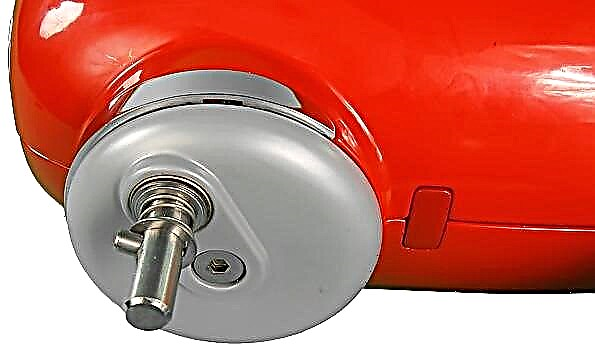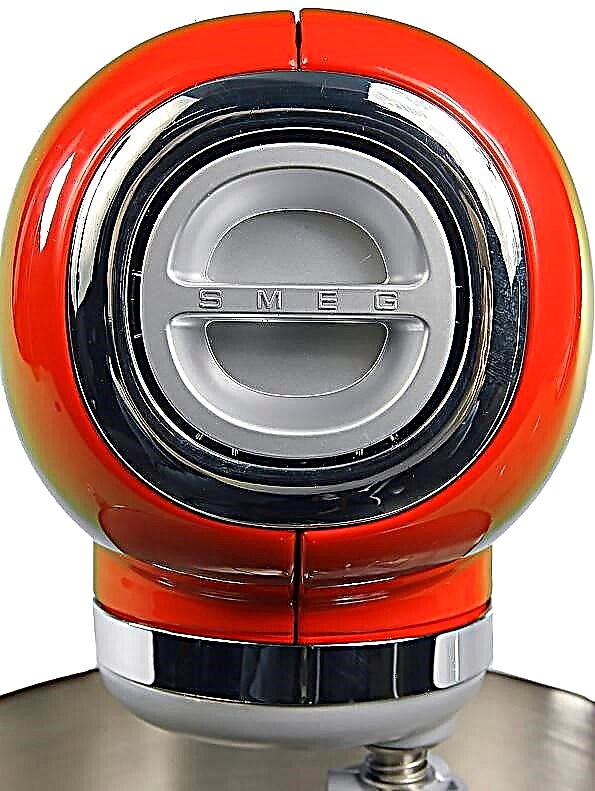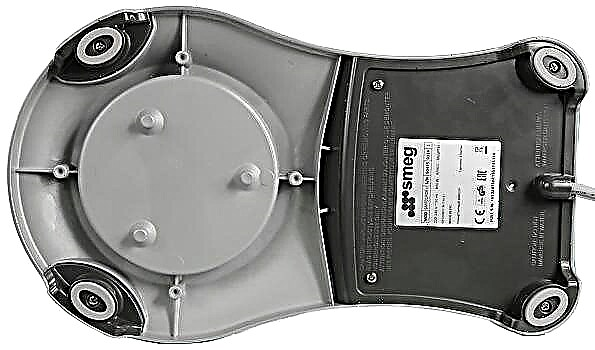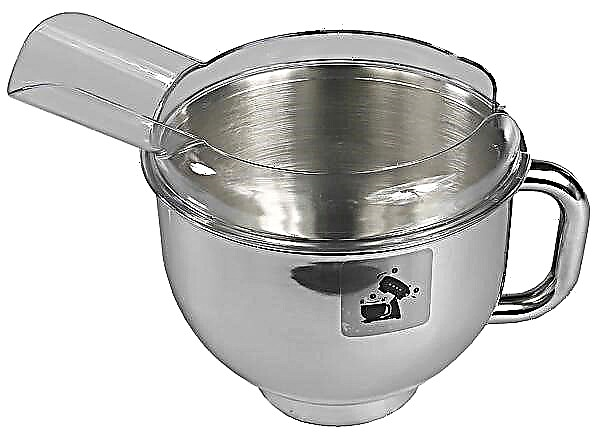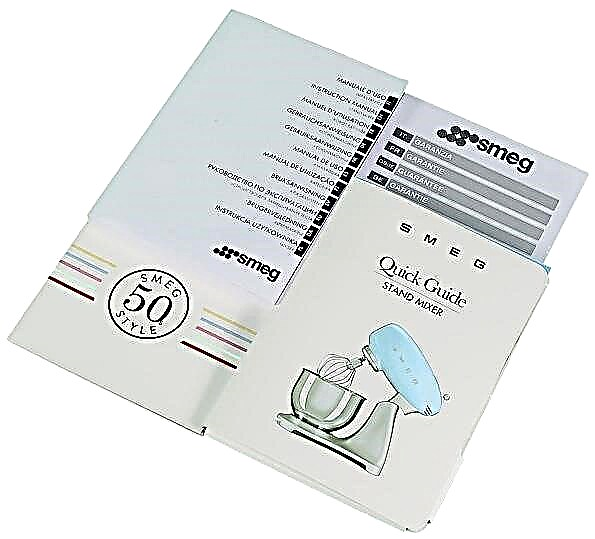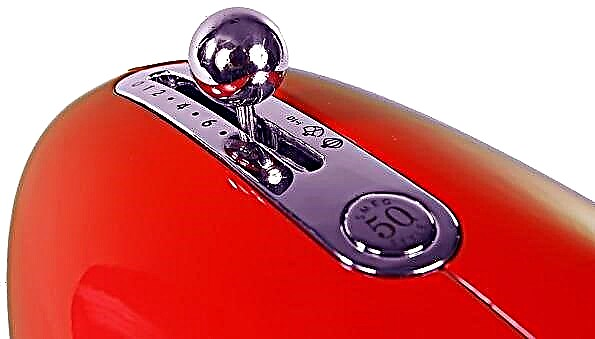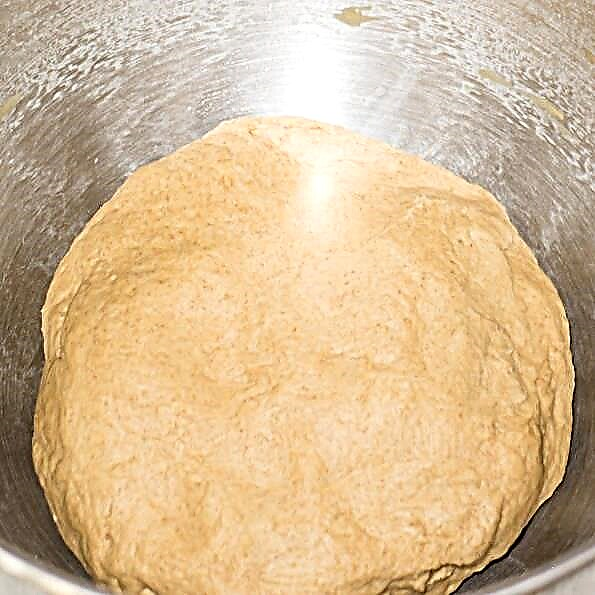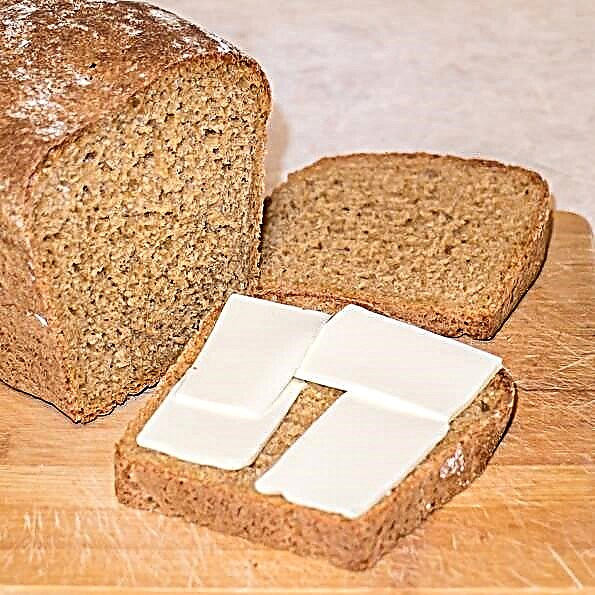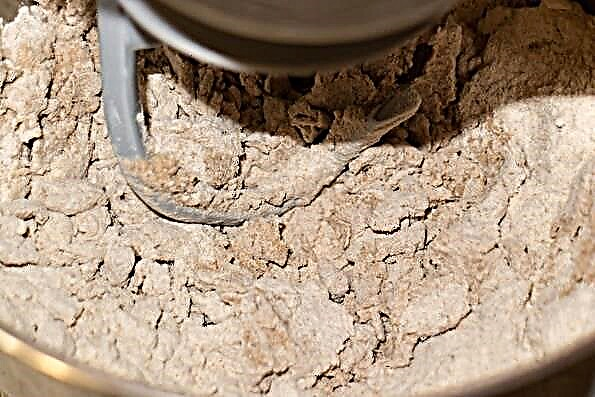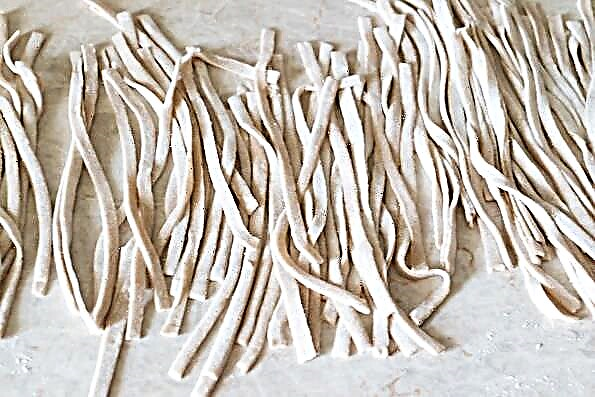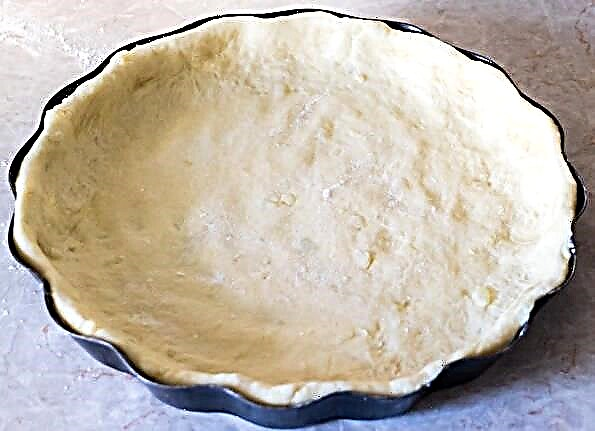Planetary mixer, Color pink, Power 0.8 kW, Bowl volume 4.8 L, Speed adjustment, 2 nozzles for beating, 1 nozzle for dough, lid for the bowl
Planetary mixer, Color pastel green, Power 0.8 kW, Bowl volume 4.8 L, Speed adjustment, 2 nozzles for beating, 1 nozzle for dough, lid for the bowl
Planetary mixer, Silver color, Power 0.8 kW, Bowl volume 4.8 L, Speed adjustment, 2 whisk nozzles, 1 dough nozzle, bowl lid
Planetary mixer, Color red, Power 0.8 kW, Bowl volume 4.8 L, Speed adjustment, 2 nozzles for beating, 1 nozzle for dough, lid for the bowl
Planetary mixer, Color black, Power 0.8 kW, Bowl volume 4.8 L, Speed adjustment, 2 whisk nozzles, 1 dough nozzle, bowl lid
Planetary mixer, Cream color, Power 0.8 kW, Bowl volume 4.8 L, Speed adjustment, 2 whisk nozzles, 1 dough nozzle, bowl lid
Planetary mixer, Color white, Power 0.8 kW, Bowl volume 4.8 L, Speed adjustment, 2 nozzles for beating, 1 nozzle for dough
Planetary mixer, Cream color, Power 0.8 kW, Bowl volume 4.8 L, Speed adjustment, 2 whisk nozzles, 1 dough nozzle, bowl lid
Planetary mixer, Color red, Power 0.8 kW, Bowl volume 4.8 L, Speed adjustment, 2 nozzles for beating, 1 nozzle for dough, lid for the bowl
Specifications
| Manufacturer | Smeg |
| Model | SMF01 |
| A type | planetary mixer |
| Country of Origin | China |
| Warranty | 1 year (renewable up to 4 years) |
| Declared power | 800 watts |
| Motor block housing material | cast aluminum |
| Beater Bowl Material | polished stainless steel |
| Nozzle Material | aluminum, stainless steel |
| Nozzles and accessories | hook for dough, nozzle for whipping dense products, whisk for whipping, protective lid on the bowl |
| Body color | red / black / silver / pastel green / cream / blue / pink in combination with light gray |
| Bowl volume | 4.8 L |
| Type of control | mechanical gearshift |
| Speed modes | 10 speed modes |
| Features | smooth start, rotation lock with raised mixing head, front port for additional nozzles |
| Cord length | 95 cm |
| Packing (W × H × D) | 41 × 44 × 26.5 cm |
| Overall dimensions with installed bowl for whipping (W × H × D) | 36 × 38 (49 with raised head) × 21 cm |
| Shipping Weight | 11.3 kg |
| Weight unpacked | 8.5 kg |
| average price | |
| Retail Offers | EquipmentThe device entered the iXBT.com test laboratory in a regular brown box on which information about the device and its brief technical specifications were placed. Inside this shipping box was another brightly decorated glossy cardboard. On the packaging you can see photos of accessories and the mixer itself from different angles, as well as get acquainted with the description and characteristics of the device. The box is not equipped with a carrying handle.
The body of the device and its accessories are placed in the package using foam inserts, all parts are packed tightly and protected from shock and damage during transportation and storage. Opening the box, inside we found:
At first sightThe case of the device with the motor block is very heavy, it has a stable shape with a wide base. This design allows you to easily recline the motor head without the risk of overturning the mixer, even if there is no counterweight in the form of a bowl mounted on the base. It seems that the center of gravity will not shift even when mixing the most dense dough. The brightly colored motor head blends in perfectly with the neutral matte color of the base. A power cord comes out of the bottom of the base. The cord length seems sufficient for domestic use. The mixer does not have a compartment for storing the cord.
The motor head leans back when you press the round button located on the right side of the device under the speed switch. In the same part of the block are ventilation holes.
Nozzles for beating and kneading dough are installed on the lower holder for nozzles. The retainer, shaft and the base itself are completely metal, no plastic. Nozzles are worn in the standard way for this type of fasteners: it is enough to align the grooves on the shaft and the nozzle itself, push it up and rotate counterclockwise until the latch is fixed in the corresponding socket.
The socket on the base is equipped with special grooves that allow you to install the bowl and hold it securely during operation. On the surface of the bottom of the base there are appropriate tips.
On the left side of the motor head there is a front mount for installing additional accessories. The list of accessories is impressive: a meat grinder, grater, nozzles for making pasta, ravioli, for slicing fettuccine, etc. The mount is equipped with a removable plug.
The bottom of the case is equipped with four legs with rubberized inserts designed to resist slipping and damp vibrations during operation. Also, an identification plate is attached to the bottom of the device.
The 4.8-liter bowl is made of polished stainless steel and equipped with a handle. The metal is processed to a glossy shine, it is smooth to the touch. At first glance, the inner surface of the container is similar to the surface described by the whisk. From the bottom side inside the bowl there is a conical protrusion. This form of accessory provides the ability to handle small volumes of products. The plastic lid for the bowl is designed to protect against splashes during whipping. A wide (9 cm) loading neck facilitates the addition of ingredients during operation.
Dough kneading hook and flat whisk are made of aluminum. Both nozzles have a complex shape and give the impression of reliable and high-quality manufactured parts. The whisk for whipping light products (cream, proteins) is made of stainless steel, the fastening head is made of aluminum.
A thorough inspection of the Smeg SMF01 planetary mixer left the most favorable impression: a stylish look, high-quality processing of metal surfaces, a simple design, a complex three-dimensional shape of nozzles. It is important that all accessories are firmly, reliably and easily attached to the motor unit Instruction manual
In addition to the actual instructions, the kit for the mixer included a set of cards with recipes for dishes. The format is a large postcard, slightly larger than the A5. Cards are made of thick glossy cardboard, recipes are presented in several languages, including Russian. On each side is one dish, equipped with a colorful photograph. The information is presented very conveniently: in the upper part - a picture, on the left side - ingredients, on the right - a step-by-step method of preparation. Among the presented dishes: pizza dough, white bread, pasta, mayonnaise, cake, sponge cake, etc. All recipes are recognized by us as “live” and adequate, without comment on the ingredients and the course of preparation. The leaflet introduces the buyer to other small household appliances in this series. Each device is represented by a photograph and a brief description. ControlAnyone can handle the Smeg SMF01 Planetary Mixer. First, press the lock / unlock button and hold it pressed, raise the motor head up, lock the bowl in the slot and install the necessary nozzle in the lower attachment holder. Then, again pressing and holding the lock button, lower the motor head down. Setting the speed mode is carried out by moving the switch along the numbers indicating the speed.
On the switch scale, on the opposite side of the image of numbers, there are schematic tips for recommended speed modes when using different nozzles.
The mixer is equipped with the Smooth Start function, which allows you to start the device at a low initial speed regardless of the selected speed mode. The speed increases gradually until it reaches the desired setting. This feature helps prevent damage to the appliance, nozzles, and splashing of ingredients from the bowl. TrainingBefore the first use, the manufacturer recommends that you follow the standard steps: remove packaging materials, possible labels and wash all parts of the device that come into contact with the products during operation. The housing and motor head should be wiped with a damp cloth. Then carefully dried components must be installed in the working position.
Of course, the mixer should be placed on a dry, flat and stable surface. ErgonomicsThe planetary mixer not only pleases the eye with its appearance, but is also convenient in operation. Assembly / disassembly takes place without problems. Tips on the surface of the base and buttons help to correctly fix and install accessories, which ensures the necessary level of safety when using the device. Care is very simple and does not require special actions or the use of special cleaning agents. Management is elementary, the design of the switch allows you to not apply any effort when setting the speed and switching between speed modes. A cute ball on top of the switch not only completes the design of the mixer, but also facilitates the movement of the lever. During the kneading test, the motor head periodically slightly rises. The operation manual specifically states that partial movement of the engine head when mixing heavy or volume mixtures is not a malfunction. This is a normal action that does not affect the proper functioning and service life of the mixer. During prolonged or hard operation of the mixer, heating of the motor head may occur. According to the instructions, this fact is not a malfunction. In all other respects, the dough mixer works as a high-quality and powerful device designed for whipping and mixing. We consider it necessary to tell only about one nuance that was noticed during testing. The distance between the edges of the nozzles and the inner surface of the bowl is quite large. On the one hand, this prevents damage to accessories and serves security purposes. On the other hand, this fact should be considered when working. Firstly, the mixer does not work well with small volumes of products. So, for high-quality whipping, at least 3-4 proteins or 230 g of cream should be taken. Secondly, the operating time increases. The duration of kneading, for example, dense dough increases compared to other mixers, because the flour stays on the walls of the bowl for a long time - the lump of dough rotates in the middle of the bowl, without touching the edges. Therefore, at times we simply stopped work and shook flour with a spatula on batter in the center of the bowl.
In some planetary mixers, it is possible to adjust the distance between the nozzles and the surface of the bowl, but in this model we did not find this possibility. We focus the reader on the fact that the average user may not notice the described inconvenience at all, especially if whipping a large amount of ingredients. In all other respects, the dough mixer proved to be excellent. For example, I managed a long kneading of a very dense dough. However, you can familiarize yourself with practical experiments in more detail in the corresponding section. Caring for your device is straightforward and straightforward. The mixer bowl may be washed in a dishwasher. It is recommended that you clean the nozzles and the plastic lid with the loading hole using a neutral detergent and a soft sponge. The body of the mixer should be cleaned with a damp and then dry soft cloth or microfiber cloth. If there is a spray of oil or grease on the case, they must be removed immediately using a soft cotton cloth. Objective testsThe maximum recorded power was 175 watts when operating at 10th speed. When kneading a tight test, power indicators ranged from 60 to 110 watts. The noise level can be estimated as very low. Even when the mixer is operating at high speeds, you can talk without raising your voice. We were unable to find information about the time of continuous operation of the mixer. During the experiments, the maximum runtime was about 20 minutes with short interruptions. At the same time, we knead a very thick dough. The engine block has warmed up, but no odor or oddities have been noticed in the operation of the device. As for the volume of the bowl, the instruction recommends not using more than one kilogram of standard or 800 g whole-wheat flour or flour with a high gluten content for kneading. To knead the dough for pasta, take no more than 3 eggs and add a small amount of water. We talked about the minimum volumes above. During the tests, we found out that at least 230 g of cream or 3 proteins from large eggs should be whipped (4 is better). Wheat-rye bread
Pour the yeast with 100 g of warm water, add sugar and a tablespoon of flour. Set aside for 10 minutes to the side to activate the yeast. Rye, wheat flour, malt and salt were mixed in a mixer bowl. As recommended for this mixer operator, they added water with yeast and started kneading at the second speed. After some time, the remaining water was added. The dough was kneading for about 5-7 minutes. At first, the batch was uniform: a lump of dough moved along the bowl. After a while, the dough seemed to “spread out” over the bowl so that only the central part began to knead, and the mass that adhered to the walls and bottom remained motionless. We were somewhat surprised, because the dough hook has an interesting shape with a wide spade-shaped blade, which should have a good grip on the lump of dough and not allow it to remain in one place. We stopped work, scraped off the dough, formed a lump and continued kneading. After a while, the dough was well kneaded, although it tried again to spread on the walls of the bowl.
They sent the dough for proofing in the oven, heated to 35 ° C. After doubling the volume, the lump was washed and laid out in a mold. Put back in a warm place for a final lift. Baked at 200 ° C for 30 minutes. As a result, we got an excellent loaf of fragrant bread with fine-grained crumb.
Result: Good. All other experiments (with dense noodle dough, with relatively soft premium wheat flour) using a hook confirmed our conclusions: for high-quality kneading, it is necessary to intervene at least once in the process, manually form a lump of dough and continue kneading. Otherwise, the dough is distributed over the surface of the bowl and only a small central part of the lump is kneaded. PizzaThe recipe is taken from the included cards.
Brewer's yeast, which we did not have, was replaced by ordinary dry yeast. We reduced the weight of the yeast to 6 g. For the sake of experience, we decided to continue to violate the instructions: we dissolved the yeast not in 50 ml of warm water, but immediately in the entire volume of liquid. Dissolved yeast was added to the bowl with flour, salt and olive oil. They started kneading the dough with a hook at the second speed. Knead for about 3-4 minutes until a soft and elastic dough is obtained.
They formed a lump, covered the bowl with a damp towel and put it in the oven, heated to 35 ° C. After about half an hour, they exchanged dough, which increased in volume.
Removed to the second proofing. At this time, prepared pizza filling. After some time, they took out a doubled dough, divided into two parts and formed pizza. Bake at 200 ° C for about 15 minutes.
Result: Good. On the whole, the yeast dough was mixed well, but it was necessary to follow the instructions and add the main amount of water gradually during the kneading process, as we did in the previous test. When water is poured through the loading hole during operation, it enters the walls of the bowl and the nozzle and more quickly combines with flour into a single mass. In this experiment, at the beginning of the process, the dough was kneaded only in the center, so I had to stop the mixer and shake the flour from the sides of the bowl to the center.
Then, somewhere in the middle of the process, the dough spread across the walls. I had to again stop the dough mixer and form a lump of dough. After that, the work went without comment. Everything that happened seemed strange to us. The hook gives the impression of a carefully designed part. We have never seen such a shape of a hook; in theory, the dough should be captured by the wide lower part and kneaded, including on the edge of the bowl. Perhaps the device that got to the tests needs to be adjusted. Soba - buckwheat noodlesOne glass of buckwheat flour was mixed with one glass of wheat flour (we used 1st grade flour), poured a little water and started kneading. At the first stage, the dough turned out to be friable and very steep, but the dough mixer did an excellent job with mixing.
Slowly water was added until the desired density test was obtained. Knead the dough for a long time, at least 15 minutes. Then they rolled it into a ball, put it in a plastic bag and left for 10 minutes.
We divided the ball of dough into four parts. Each of them was rolled into a thin cake, abundantly sprinkled with flour, cut the layer into three parts to get the desired length of the noodles. Lay the layers on top of each other and cut into strips about 3-4 mm wide.
Since the noodles are fresh, they were boiled for literally several minutes. After cooking, immediately washed with cold water. At this time, onions, garlic, carrots and slices of chicken, pre-marinated in a mixture of teriyaki, ginger and wasabi, were fried in a hot pan. After the meat and vegetables are ready, buckwheat noodles are added to the pan. Well warmed up.
Result: excellent. When kneading even a very dense test, no large power surges were noticed. The head of the motor block was raised, heated to the end of the batch, but the device worked without comment. A couple of times we scraped the dough from the sides of the bowl. Towards the end, when the dough was already aligned with the liquid / flour and first kneaded, the lump stopped sticking to the walls, and was mainly kneaded by friction on the walls of the bowl. Potato Pie with Vegetables
Boiled peeled potatoes. 200 g of potatoes seemed to us so small that there were doubts about the adequacy of the recipe. But it was very curious to see if the mixer could handle mashed potatoes from such a small amount of potatoes. A flat aluminum nozzle was used.
Smeg SMF01 did an excellent job. All potatoes were mashed evenly, without lumps and separate pieces.
Put the mashed potatoes aside so that it cools down. At this time, softened butter was added to the flour. In just a minute, the dough mixer turned flour and butter into even butter crumbs. They added cool mashed potatoes, salt, a little kneaded and hammered 1 egg. A minute later, they received a soft, pleasant to the touch and slightly sticky dough to the hands.
Sprinkling the dough with flour, rolled into a layer and carefully laid it in a non-stick form, pressed to the edges. They removed the workpiece in the freezer for half an hour.
At this time, engaged in the preparation of the filling. Fried onions, some carrots and bell pepper. Zucchini was replaced with cauliflower and Brussels sprouts. At the end of the roasting, salt and pepper to taste. 100 g of milk and two eggs were mixed in a mixer, at the end grated hard cheese was added. They laid out the cooled vegetables in a mold with a workpiece, poured milk and egg mixture on top.
Bake at 190 ° C until cooked. The baking process took about 45 minutes.
Result: excellent. Smeg SMF01 did a great job with the preparation of mashed potatoes, and with the mixing of flour and butter, and with a batch of soft dough. All tests, except for stirring milk and eggs, were performed using a flat whisk. Whipped creamBy the way, this dish is on the recipe cards included in the mixer kit. The recipe is interesting, of course, not by the composition of the dish (what is the composition, cream and powdered sugar), but by the sequence of actions. Everyone who worked with cream ran into problems. We will not talk about the quality of the original product, everyone solves this problem independently. The main task is not to kill the cream, resulting in an inhomogeneous mass with the liquid released. Also the purpose of this experiment is to determine the minimum volume of the product at which the mixer will successfully cope with whipping. We took the proven Parmalat cream for whipping and fully followed the recommendations in the recipe. 250 ml of chilled cream was whipped at 6th speed for 30 seconds. Poured 25 g of powdered sugar and continued beating, increasing the speed to 9/10. Beat to a dense consistency.
Then put the cream in a pastry bag. Part of the cream was served with fresh strawberries, from another part a dessert with sweet berry puree was prepared (strawberries boiled with sugar in a 2: 1 ratio, then blended)
Result: excellent. We think that the 500 ml of cream indicated in the recipe will beat without problems, but we would not recommend taking a product with a volume of less than 230 ml. For 200 ml of cream, the whisk does not process the entire volume of the mass, but only passes part of its rounding on the surface. For one and a half minutes of work, such a mass practically did not change in volume. When adding cream, the process went more successfully. Shortbread Raspberry Pie
The oil should be at room temperature and soft. The oil was mixed with flour, then a pinch of salt, sugar, yolk and water were added to the oil crumb. The dough turned out friable - it is fearless. Kneading was done using a flat whisk.
Next, rolled out a layer for the bottom and sides. When laying in the mold, the dough should be pressed well. Then they removed the blank in the refrigerator (you can put it in the freezer) and prepared the main part of the pie - pouring. Dairy ingredients can be combined in any combination: more cottage cheese or more sour cream, most importantly, the weight of the milk component should be 300 g. When using milk or liquid yogurt, the amount of thickener, which is corn starch, should be increased accordingly. In the case of using a large amount of cottage cheese, the mass is thick, then less thickener is required.
For a minute, the whisk for whipping perfectly mixed all the ingredients. At this time, they laid the berry in the blank. For this experiment, we took fresh raspberries. If the cake is filled with frozen berry, it should be lightly sprinkled with corn starch and mixed so that each berry is covered on all sides with starch powder. Well, the last step is to fill the pie with milk filling.
Baked at 190 ° C for about 45 minutes. When the dough and edges are ready, the middle of the pie may seem slightly liquid - it should be so. It will thicken later. After the baking has cooled, it should be removed to the refrigerator. Serve the cake better chilled the next day.
This is a great berry pie for the summer: not very sweet, fresh and light. However, if desired, it can be made even tastier: increase the amount of sugar, take fat cream and replace the cottage cheese with 25% sour cream. Result: excellent. The mixer did an excellent job with both making shortcrust pastry and quickly whipping the liquid filling. ConclusionsThe Smeg SMF01 planetary mixer made us feel mixed. On the one hand, the attractive and indisputably thought out to the smallest detail design of this device and the entire line is admirable. On the other hand, it has a very high, in our opinion, price with very standard functions and work results.
Undoubtedly, the advantages include a low noise level and excellent workmanship of the case and accessories of the device. The functionality of the mixer can be expanded through the use of additional nozzles. The mixer base is equipped with a front mount for additional accessories. Thus, the planetary mixer turns into a full-fledged kitchen machine. The range of additional nozzles suitable for SMF01 includes a meat grinder, grater, devices for making ravioli and various types of pastes (fettuccine, spaghetti, tagliatelle). Their cost, of course, is quite high, but the products of the Italian company Smeg do not belong to the middle price category, moving away towards the premium and other elite, we would even say image, household appliances. In general, test results are standard for planetary mixers. Sometimes sticky dough needs to be scraped off the surface of the bowl, sometimes a lump of dough hangs on a hook and is kneaded only by hitting the surface of the bowl, and a small volume of products is poorly whipped. We note a long time of continuous operation. The mixer warmed up only after 12 minutes of continuous kneading of a very dense dough. Nevertheless, we expected more from the goods of this class. But - beautiful, this can not be taken away. Damn handsome! |




